Blog
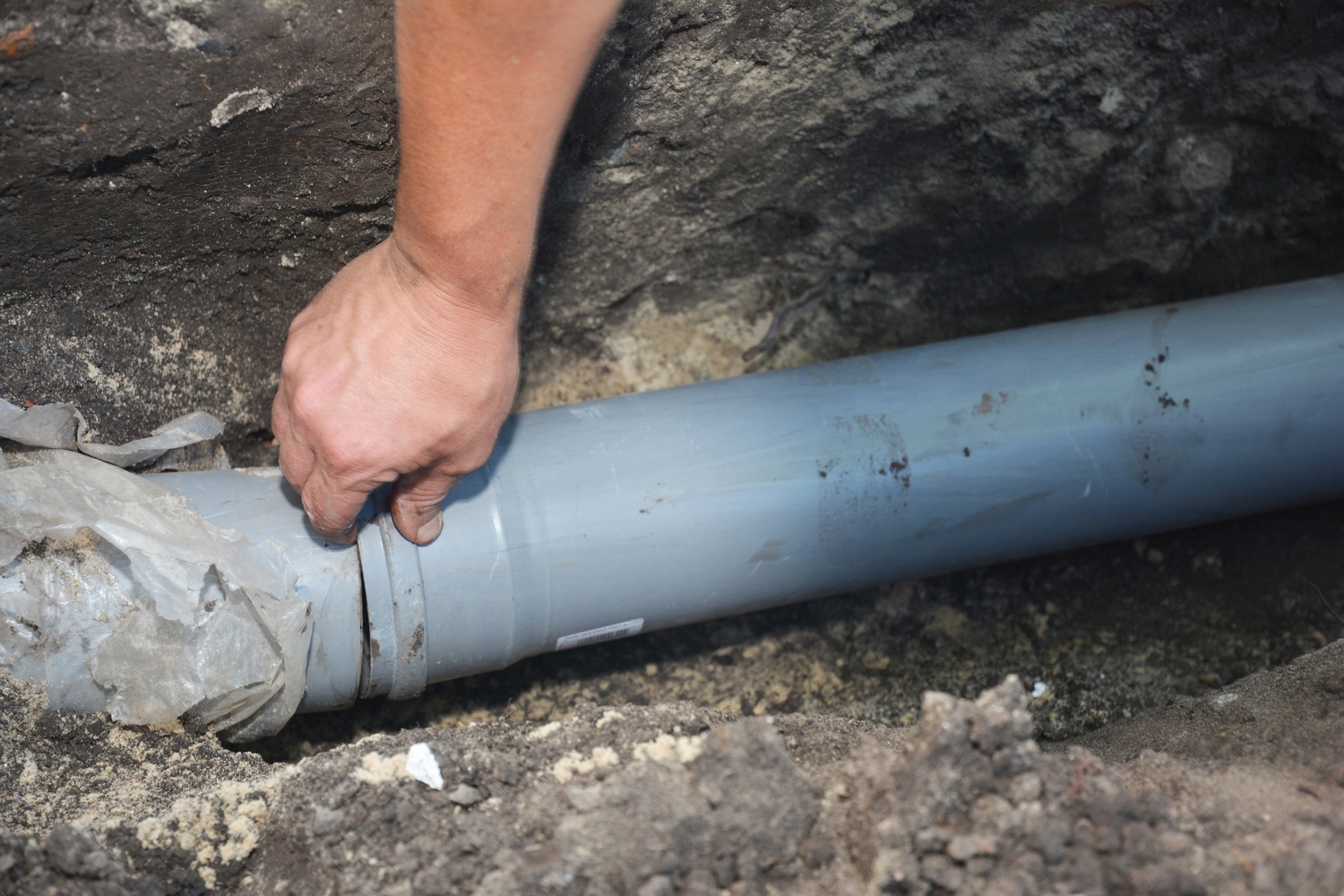
21 Mar. 2023
How To Repair A Sewer Line
Plumbing problems can be a nightmare, and a broken sewer line is no exception. Early detection of a broken sewage pipe can help manage the issue, but prevention is always the best approach. If you notice any signs of a broken sewage pipe such as a foul odor, backed-up water, or damp spots around your home, then it is important to contact a professional plumber. They can assess the situation and take the necessary steps to repair or replace the pipe. New plumbing technology means that broken sewage pipes can be repaired or replaced quickly and last up to 50 years. Taking preventive measures such as avoiding flushing large wads of toilet paper, kitchen grease, and other materials that can clog the sewer line, and keeping trees and plants away from your sewer line to avoid root damage, can help minimize the risk of a broken sewer pipe in your home or business.
To tackle the problem, you can try to unclog the drain using a plunger or plumber’s snake, but it’s best to call a professional if your efforts for sewer repair Chicago fail. Identifying the location of your home or business’s sewer pipe is a vital first step in evaluating the problem. With the help of a professional plumber, you can get a good assessment of the damage to your sewer pipe, which could be due to brittle old pipes, roots growing into pipes or improper flushing. Trenchless sewer line replacement is a less invasive method of repairing or replacing broken sewer pipes that can be used in homes, businesses, and municipalities.
- By:admin
- Comments:No Comments
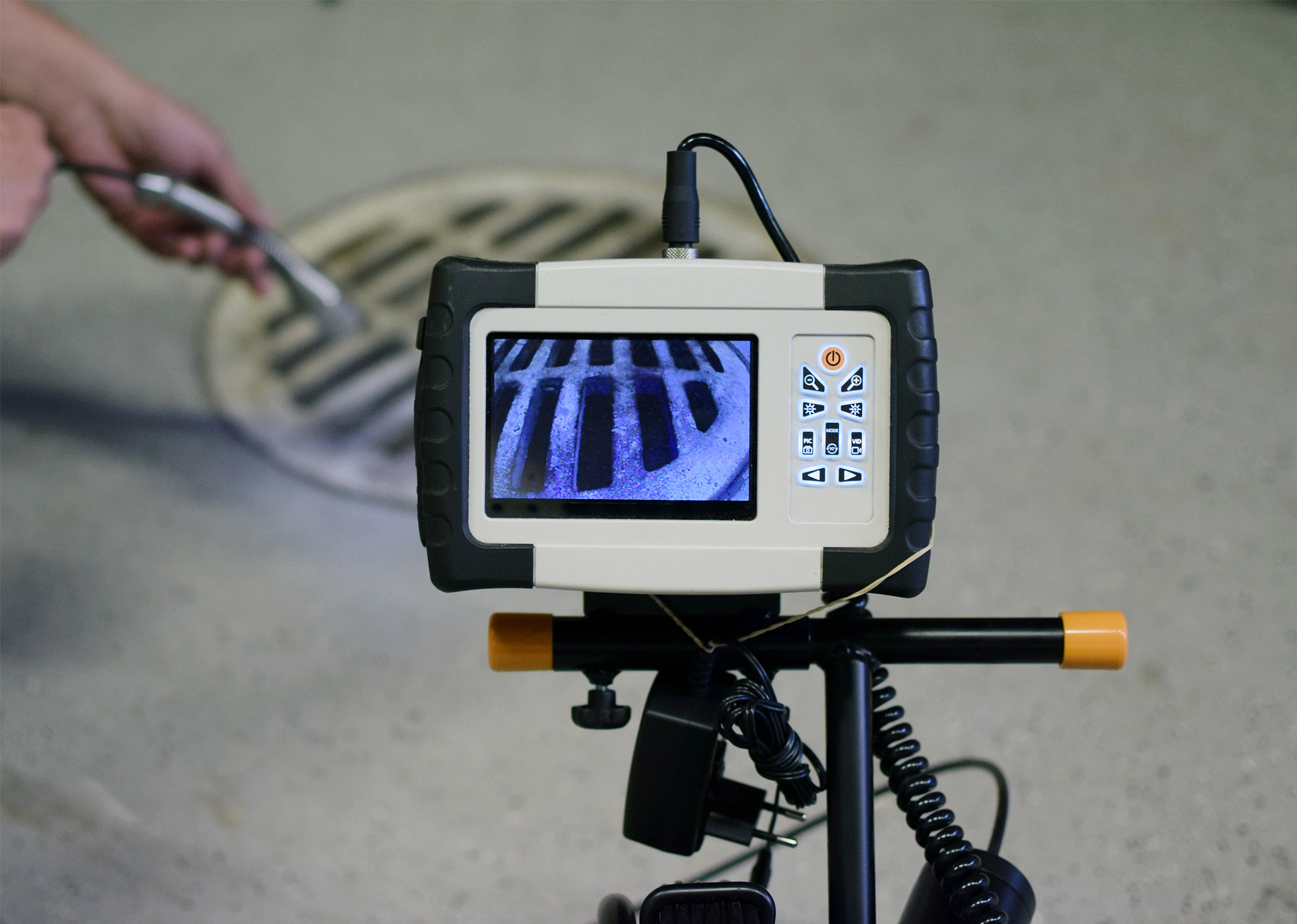
20 Dec. 2022
How To Avoid Sewer Backups During Christmas
It’s wintertime, and Christmas is almost here, just around the corner. For those of you who have dealt with sewer backups – and all the messes they cause – you’re probably not eager to think about sewers any more than necessary, especially during the festive season.
It’s time to take action to avoid sewer backups
To prevent sewer backups in your home, act now. Most sewer backups occur during the winter. This is because tree roots grow into pipes during the spring and summer months and clog them up. Also, due to higher volumes of water in the fall and winter, even minor blockages can cause sewer backups in your house.
When the weather gets colder and wetter, people tend to stay indoors more. When they’re in their homes, they’re also generating more water – with rainwater, washing machines, and so on – that goes down their drains. The pipes can’t handle so much water at once, so they back up into your home.
Schedule a sewer inspection if you haven’t done so already!
We recommend you schedule a routine sewer camera inspection of your sewer lines every five years, or if your property has experienced severe problems in the past, every two. This can help you identify problems well in advance – and without having to wait until you have a mess to clean up.
Let’s avoid the disastrous scenario of a flooded home this holiday season. Contact your local plumbing company to schedule your routine inspection.
- By:admin
- Comments:No Comments
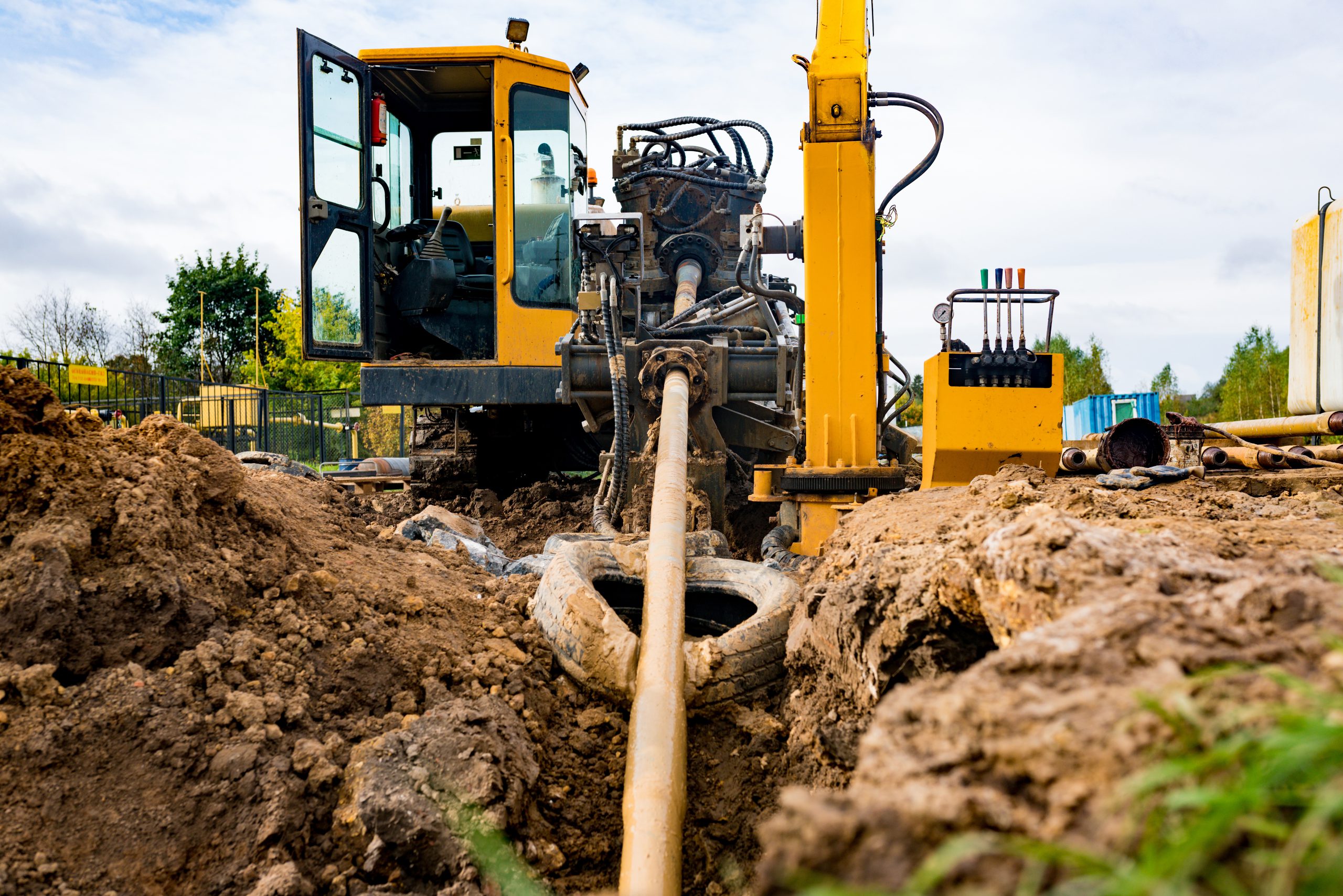
18 Nov. 2022
Trenchless Sewer Line Replacement – Is It Worth It?
Coming home to a backed-up sewer or flooding because of blockages in your sewer line, or a pipe bursting is high up on the list of things that you definitely do not want to experience as a homeowner. Clogged-up pipes and blockages lead to nasty consequences, so if you have a damaged sewer pipe it needs immediate attention.
Trenchless pipe repair or trenchless sewer line replacement are new modern methods that come with many advantages and minimal drawbacks. Mainly because they take away the need to do unnecessary evacuation to get to the damaged pipe. Advertisements promise, less mess, less stress, and quicker and cheaper service, does the reality match up with the hype?
- What Are The Different Methods of Trenchless Sewer Replacement? Go Find Out.
- Is Trenchless Sewer Line Replacement Right For You? Let’s See.
What Is a Sewer Line And Who Is Responsible For It?
Before you can decide to go with trenchless pipe repair Chicago or stick with traditional, you need to understand what is involved to make an informed decision. Houses are connected to the city’s sewer system via a large pipe that runs from the street to your home. This pipe is known as your sewer line.
Traditionally broken and damaged sewer pipes would have to be dug up, in order to get to them to perform repairs, or to replace them. To do this a long trench has to be dug that is 2 feet wide and several feet deep, from your home to the street. This is a very labor-intensive method; this could also involve digging up pavements, gardens, and other obstacles along the way. Of course, these obstacles would all need to be put back afterward, at your expense of course!
How Much Does It Cost For a Trenchless Sewer Line Replacement?
Repairing or replacing a sewer line pipe the traditional way typically takes a minimum of a week and can cost up to $20,000, without including the costs of the obstacles you have had to also dig up. To compare, trenchless sewer line replacement is $155 per linear foot.

What Actually Is Trenchless Sewer Replacement?
The modern technique of trenchless sewer replacement has been developed so that sewer pipes can be replaced or repaired without the need for digging up the ground, thereby preventing the damage of nearby objects, and reducing labor which in turn also reduces the time and the cost of the technique.
When trenchless sewer line replacement is being performed there are 2 main techniques that are used: pipe bursting and pipe lining, which is also known as trenchless sewer repair.
Pipe Bursting Method
- Firstly a professional sewer service will dig out access holes where the pipe meets the street and where the sewer line passes from the street into your home.
- Next, a missile-like device is inserted into one end of the pipe. It makes its way forward and breaks up the pipe as it moves through it.
- Attached to the back of the device is a new, flexible sewer line that takes the place of the old pipe as it breaks.
Pipe Lining Method
- The sewer service will dig the access holes at both ends where your sewer line enters your house and where it connects to the street.
- Using this method the existing pipe is not destroyed or removed. Instead, it is repaired using an epoxy-resin mixture. This mixture is inserted within the damaged pipe in the form of an epoxy-coated sleeve.
- The sleeve is then inflated and the mixture hardens on the inside of the existing pipe to form a stronger pipe. In fact, a new pipe is formed inside of the old one.
Benefits of Trenchless Sewer Line Replacement
Just comparing the differences between digging a trench, during a traditional replacement method or not digging a trench it’s clear to see that trenchless technology definitely has some advantages.
Reduced Property Damage
Trenchless techniques do not dig a trench to get access to the sewer line, therefore everything that is in the way of the path of the sewer line is not in any danger of damage or breakage. Where the access holes are dug there might be some minor damage, but the professionals that do the digging make sure to take as much care as possible.
Potentially Lower Costs
In most cases choosing trenchless technology over the traditional method works out much more cost-effective. Labor costs are reduced and the need for restoring your property and damage is no longer there.
Faster Job Completion
Traditional sewer line replacement needs a week minimum as all of the trench digging that needs to happen. Trenchless methods only have 2 holes to dig and then the pipe bursting or pipe lining method. Many jobs can be done within 2 days at the most.
Less Disruption
The traditional method of sewer line replacement is very disruptive and inconvenient for anyone who lives around you! Not only do they need to dig a trench following the path of your pipe, but they may also need to close your street. The water will be turned off for the duration of the job; a week maybe longer. You’ll have no water to wash the dishes, have a shower, or even brush your teeth, and your toilets won’t flush.
Longer-Lasting Results
Older sewer lines are not as durable as the sewer lines we use today. New sewer lines are stronger, more durable, and last longer. Your new sewer line will have a life of 50 years or more.
Trenchless Sewer Replacement Drawbacks
As with most things, there are some situations when trenchless sewer line replacement or trenchless sewer repair is not the best option.
Requires Trained Technicians
Trenchless methods are professional techniques and you need a fully trained plumber in order to carry them out. Plumbers that are qualified to perform these techniques undergo extensive training and certification. They are trained to assess if trenchless technology is the correct method for a project.
Not Suitable for All Circumstances
There are times when you have to get to the damaged or burst pipe to see what damage has been done, for example, an incorrectly installed pipe or a collapsed pipe. In this situation, a trench actually needs to be dug in order to resolve the problem.
- By:admin
- Comments:No Comments
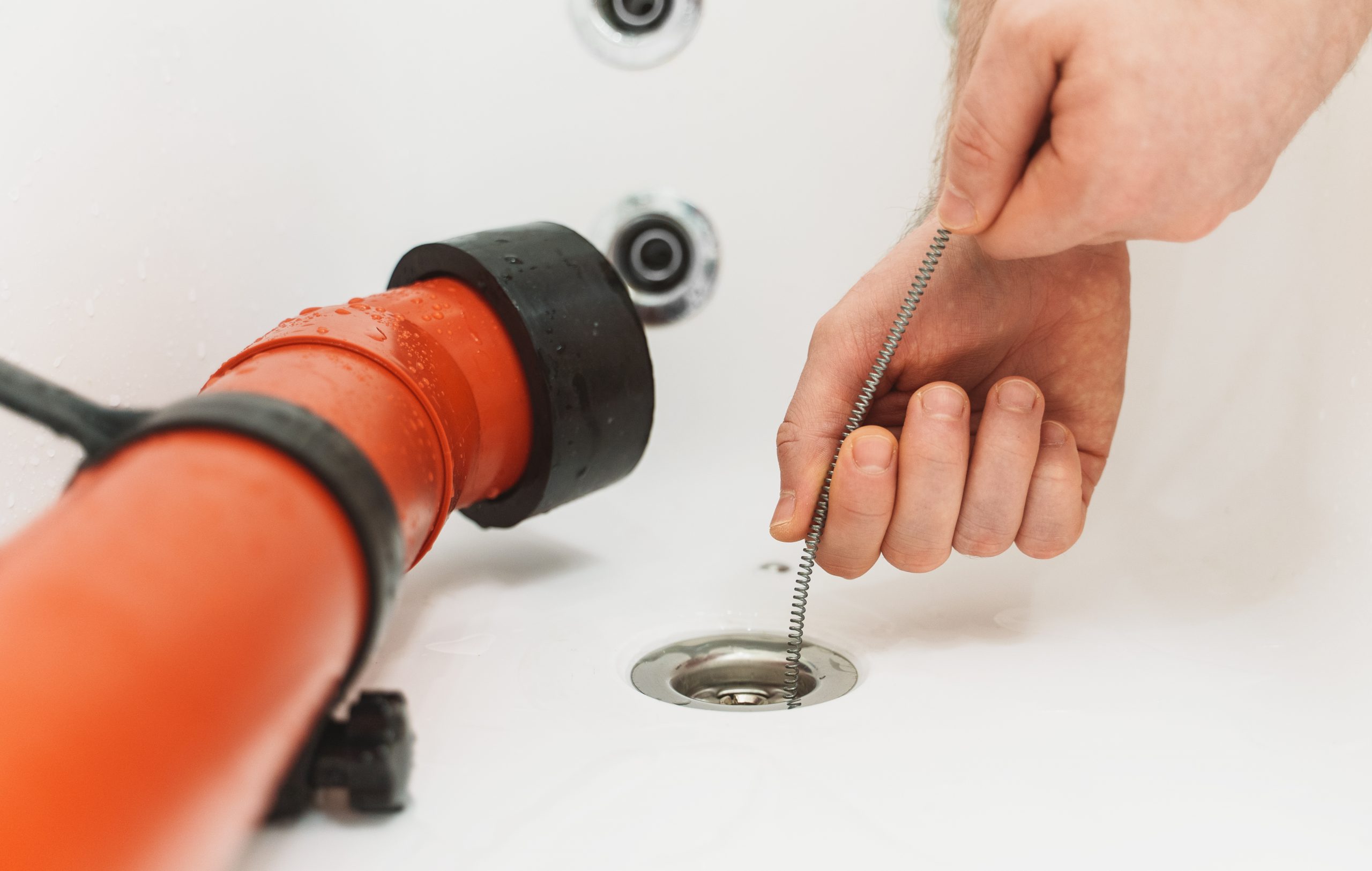
02 Nov. 2022
How Often Should You Clean Your Drains?
Out of sight out of mind is completely true when it comes to our drains. It’s easy to forget they even exist, until of course something goes wrong! When something goes wrong with our drainage system it is inconvenient and nasty! So with that in mind, it is important to make sure your drains are getting a regular cleaning.
The majority of us don’t take care of our drains as we should, pretty much everything and anything gets put down the kitchen sink and ends up down the drain.
Food particles, hair and soap, oil and grease, after a while, it all adds up. Over time the things that get put down the drain build up and create a clog, which then causes a blockage. This can lead to serious trouble if it is ignored, whilst regular cleaning can stop this situation from happening.
- What drain cleaners are best to keep your pipes from getting damaged? Let’s find out.
- Are you looking for advice on how to unblock a toilet? Check these ideas.
How Often Should I Clean My Drains?
Upon a quick internet search to find out how often you should be cleaning your drains, you will get many different answers. Some people say weekly, bi-monthly or quarterly.
Professional plumbers recommend cleaning your drains monthly to be an adequate time scale to prevent serious buildups and blockages in your system. By regularly cleaning your drains you are saving yourself future time, inconvenience and money.
What Drain Cleaners Are Safe For Toilets? – 5 Natural Toilet Unblockers
Can you use a drain cleaner to unblock a toilet? Yes, you can use a drain cleaner in a toilet, but chemical drain cleaners will destroy your pipes as well as the blockage! Drain cleaners are designed to be used in sinks, bathtubs, showers and floor drains. They work by destroying the things that are in clogs. In a toilet, blockages are after the s- trap. This controls the water level in the toilet bowl. The drain cleaner gets trapped in the bowl.
Drain Cleaners Have Hazardous Chemical Ingredients
Drain cleaners are made of highly hazardous caustic chemicals that are strong enough to destroy and blockages in your drains. When they are used in toilets, they are trapped in the s-trap with the blockage lower down in the plumbing. There is no blockage for them to dissolve so they will begin reacting with something else. The pipes are susceptible to damage from drain cleaners, especially older pipes. The frequent use of chemical drain blockers can lead to corrosion and damage to the pipes in the sewer system. These can eventually lead to pipe replacement needed. There are a variety of products that have been developed to deal with toilet unblocking. Make sure the one that you choose specifically says for toilet use and follow the instructions.
What Toilet Unblocker Is Best For Toilets?
Here are some natural remedies that are much better for your toilet and the environment.
- Toilet Plunger
The best way to unblock a toilet is by using a plunger. You may have to plunge a few times for it to work. It may take effort but it is the safest way, without using any harmful chemicals and damaging your plumbing.
- Dish Soap and Hot Water
Pour ½ cup dish soap mixed with a cup of hot water down the toilet, leave for 30 minutes then pour a bucket of hot water down the toilet.
- Baking Soda and Vinegar
Mix 3 cups of baking soda with a cup of vinegar and pour it down the toilet
- Epsom Salts
Put 1 cup of Epsom salts down the toilet, leave it for 15 mins then flush.
- Salt, Baking Soda and Vinegar
Add a cup of salt to 1 cup of baking soda, pour it into the toilet and leave for 2 minutes. Then add 2 cups of vinegar. Leave for 30 minutes, when the time is up pour a bucket of hot water down the toilet and flush.

If you are unable to shift the blockage with these methods, you should call a plumber, if you continue to try and unblock it on your own you may end up making the problem worse and damaging your toilet or pipes as well.
The best course of action if you have a blocked toilet or blocked drains is to call in the professionals, they have the appropriate equipment needed for drain inspection Chicago and drain cleaning and to get rid of the blockage efficiently and effectively.
There may be times when other steps need to be taken in case of blockages, such as using a sewer rodding Chicago service. It’s always helpful to call on a professional whenever you’re facing a plumbing problem. You don’t know what could be wrong, and you can’t see what’s underneath your house.
- By:admin
- Comments:No Comments
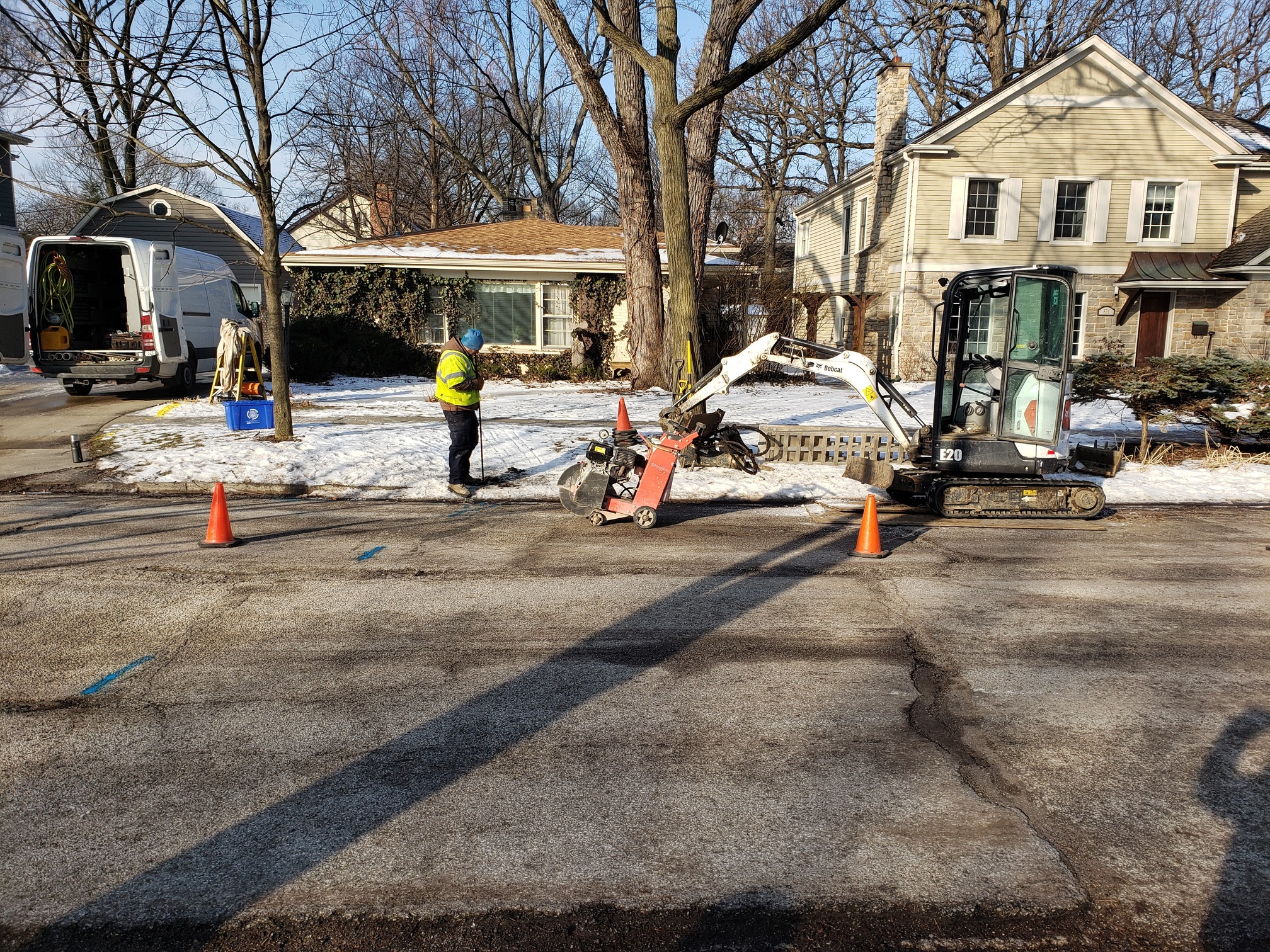
10 Oct. 2022
5 Signs You Need a Sewer Line Inspection
When things are not directly in front of us we tend to forget about them, that is until something goes wrong! This is doubly true when it comes to your sewage system. An effective and efficient sewer and drainage system is absolutely vital to the health and safety of your home, although we rarely ever think of it or its important function.
What happens when there is a problem with your drainage?
Nobody wants waste coming out of the toilet instead of going down it, or waste and sewage flooding your kitchen or bathroom. This is what happens when there are problems with the damage system.
What causes problems with your drainage?
Problems with the drainage system can arise because of blocked pipes or drains, or damages to the drainage pipes. These blockages and pipe damage often lead to a sewage backup. This basically means that your waste cannot get to the main sewer pipe and instead comes out of your sinks and toilets, or other pipes located In the home.
How do you tell If you have a drainage problem?
If sewer or drainage issues are not attended to and left untreated, serious, extensive damage to your home can occur, as well as serious health concerns for you and your family. Indications of sewer and drainage issues are not always noticeable and initially may start out small. Such as low water levels, or a slow-draining toilet. It is important to become familiar with some common signs indicating that there is an issue. They will enable you to find and treat the issue quickly, preventing larger more serious damage.
The first step to making sure your home is healthy and safe is to arrange for a sewer line inspection. If you are uncertain if there are any issues with your drainage, there are 5 common signs that Indicate that there is a problem.
Gas or Foul Odor Smell In Your Home
One of the most obvious and very common indications that there is a problem with your drainage system, is the presence of gas or foul odors coming from your toilets and sinks. If you notice a sewer gas smell in bathrooms and in other rooms of your house it is often a sign that the sewer lines are not ventilating properly. If you smell this sign it is important that you contact professionals immediately as this problem can be potentially dangerous.
Low Water Levels
If you notice low water levels within your toilets, this is an indication of clogged sewer lines, or even more serious, damage in your sewer lines. Fluctuations in the water line can also indicate damage within the drainage system, so watch out if your water level is high one day and low the next. If you see either of these signs it Is important to get your sewer lines inspected, so that the location and extent of the damage can be identified.
Noticeable Slow Draining
A common and very obvious indication that you need a sewer line inspection, is the slow draining of the toilet, sinks or bathtub. The slow draining of a sink or anything else is a common problem and is usually treated with standard drain cleaning products and methods. If it is not cleared, the issue may occur in different rooms. This can indicate you have damage to your sewer line A sewer line inspection can confirm this.
Sewage Backup and Blockage
Occurrences of excessive clogging, large blockages and backflow, are all signs of sewage backup and sewer blockages or pipe damage. Backups happen when the sewer lines become clogged and the water cannot pass. The wastewater is forced back through the pipes and into your home. This problem is commonly caused by cooking oil, non-flushable paper, or other large objects. Another cause is when tree roots grow into the sewer line blocking and damaging them. A sewer line inspection can find the location of the blockage and if there is any damage.

Septic Tank Overflow in Yard
The very visible indication that you have a broken sewer line, is when you see septic wastewater forming a puddle in your yard. Septic tanks are only a few feet under the surface, when there is a problem and the water backs up it causes flooding of the septic tank which overflows and makes its way into your yard. The presence of wastewater is a health hazard and needs to be handled Immediately.
If you see, or smell, any of these signs or have any other plumbing problems, it is essential to contact professional plumbers and arrange for them to carry out a sewer line inspection.
At CWC our drain specialists are highly experienced in sewer line inspections. Our certified plumbers are skilled and experienced in sewer camera inspection, repair and replacement services. As well as pipe lining techniques. Whatever your sewer issue we have the training, equipment, skills and knowledge to provide a solution quickly and effectively. We offer professional drainage cleaning and drain unblocking services, We guarantee to get your pipes clean and completely clear.
- By:admin
- Comments:No Comments

22 Aug. 2022
Tree Root Penetration – A Problem For Sewer Lines
Invasive tree roots are the biggest culprit when it comes to causing damaged, blocked and broken sewer lines. As the tree roots grow underground they can pass through small cracks into your pipes where they continue to grow. This leads to severe blockages, which in turn results in waste water back up into your home. In addition, they can cause your pipes to break, collapse and need sewer repair Chicago or even a replacement. Older homes have outdated pipes, coming to the end of their lifecycle and so are more susceptible to tree root damage.
Why Tree Root Penetration Happens
Waste water and sewage are a source of nutrition for the tree, as they contain all the nutrients that trees need and it is in a form that can be used by the roots. The roots themselves are underground and when they come to sewage pipes they can pass through any gaps, cracks or openings and penetrate into the pipe. Once inside they continue to grow until they form a blockage. If they don’t penetrate they can wrap around the pipes, the consequence of which is fractured pipes, leaks and other problems to the system.
Defense Against Tree Root Penetration
There is a way to protect against tree root penetration: trenchless pipe repair, which involves pipe lining. This is a minimally invasive technique which will fix your sewer lines and prevent future root penetration. Lining is where a pipe is created within an existing pipe. This pipe is created out of a special epoxy-impregnated liner, which hardens and cures to form a new pipe within the existing one. It maintains the strength of a new pipe without damaging the existing structure or landscaping. The new pipe creates a strong barrier through which tree roots cant penetrate.
Benefits Of Pipe Lining
Pipe lining also manages a whole host of other problems that may be present in the system, such as: leaks, corrosion and disconnected pipes. breaks, blockages, root intrusion, calcium build-up, water damage, mold, sewer backups and flow capacity. Pipe lining extends the life of your existing pipework for up to 50 years. It is a long term cost effective solution. The alternative to pipe lining is replacement of your sewer line which involves excavation of the floor where the problem is, this is much more expensive and inconvenient and time consuming in comparison to pipe lining.
Sometimes the best course of action is catching the problem early in the first place. If you have issues such as slow drainage, recurring blockages or clogs and soft sinkholes in your yard, call in the professionals to determine if tree roots are causing the problem.
Contact us at Chicago Water Connection Inc, our team is experienced and trained, we have the knowledge and skills to keep your sewer line in top condition.
- By:admin
- Comments:No Comments

22 Aug. 2022
Why A Sewer Inspection Should Be Top Of Your List When Buying A Home
When you buy a new home, an inspection of the foundations, structure and general condition of the property are a necessity, however the sewer lines and plumbing are often neglected. If you buy a new property and the sewer lines have problems, repairs and replacements can be an unexpected costly surprise.
Invasive Tree Roots
One of the main things that causes expensive problems are tree roots. Strong tree roots can force themselves through cracks in pipes. This results in the blocking of the pipes, which if left unattended leads to back up of waste water into your home. Old, outdated pipes are susceptible to this problem. When you are buying a new house a professional sewer camera inspection Chicago will check for the presence of tree roots in your sewer system and will also check how old and in what condition the pipes are.
Pipe Condition
Sewer pipes are hardy and tend to last for decades, but over time they do deteriorate. A sewer inspection can check if there are any clogs, leaks or misalignments within the piping and will also be able to tell you if you need sewer line repair or replacement. Sewer line repairs are extremely time-consuming, in-convenient and expensive.
Sewer Inspection
No one wants to be in the situation where they have moved into a new home and then the house gets flooded with waste water because the sewer line is blocked or broken. Save yourself from being in this situation and have an in-depth sewer inspection.
A sewer inspection will make sure that you have all the relevant facts about the property and if there are any problems. Contact us at Chicago Water Connection Inc, we’ll make sure you have all the information you need to make an informed decision, we will discuss with you all the details of the report and we will give you a professional recommendation for the next steps that need to be taken. You can rely on us to get the job done, efficiently and professionally.
